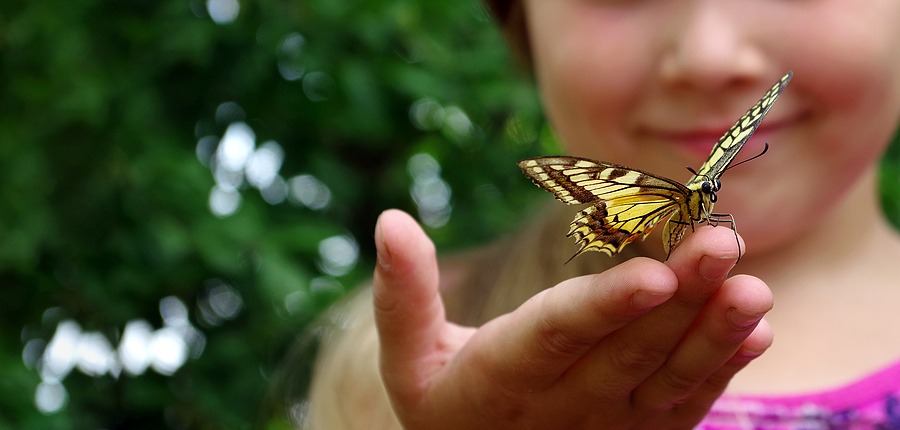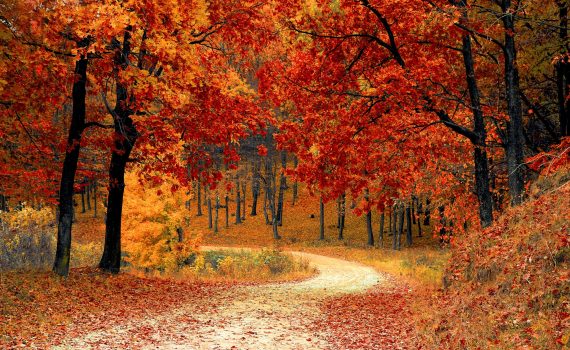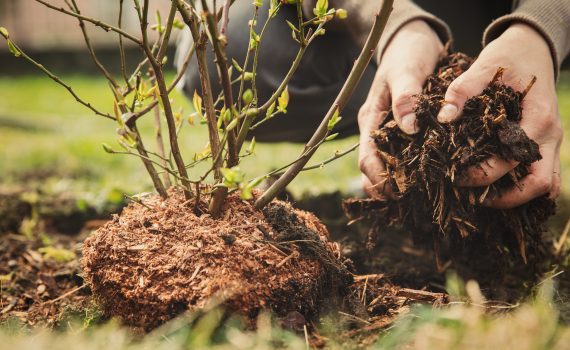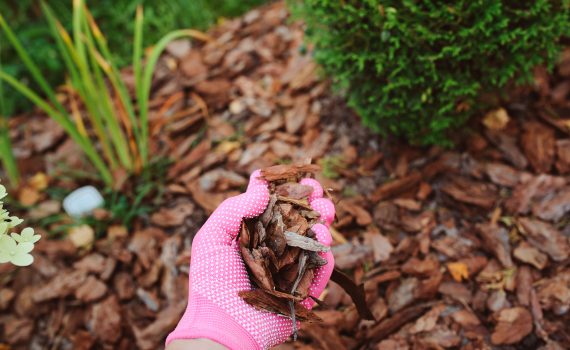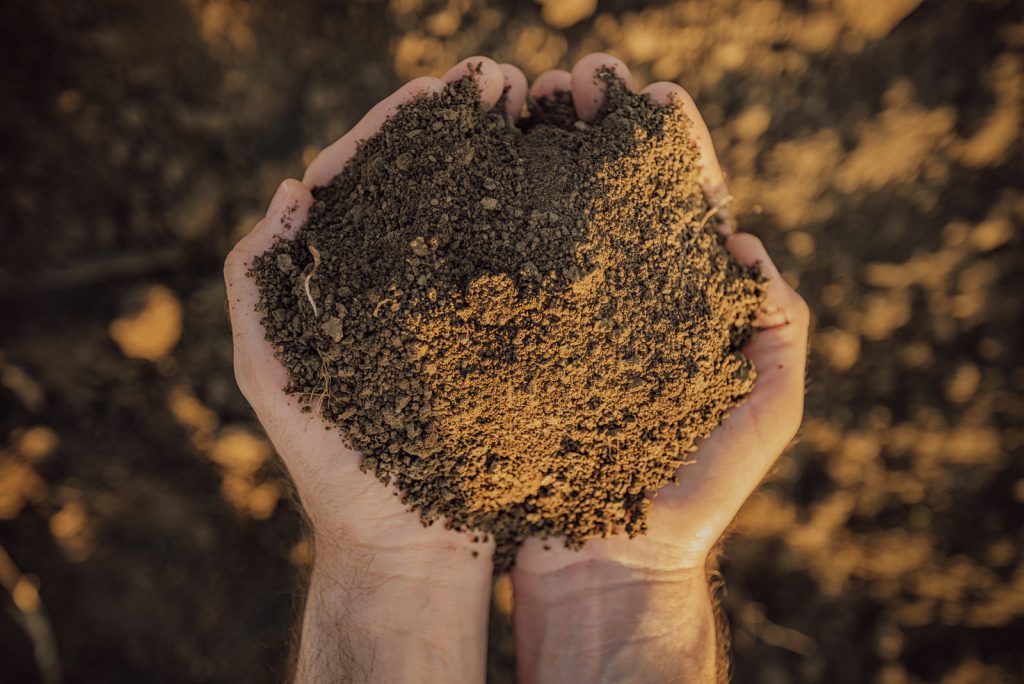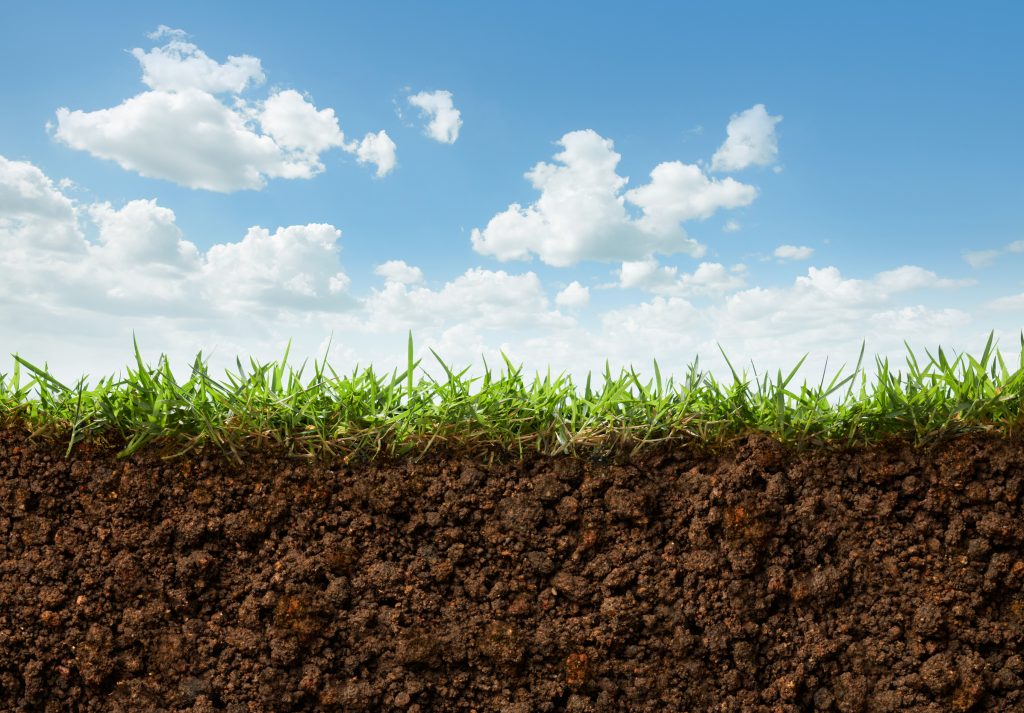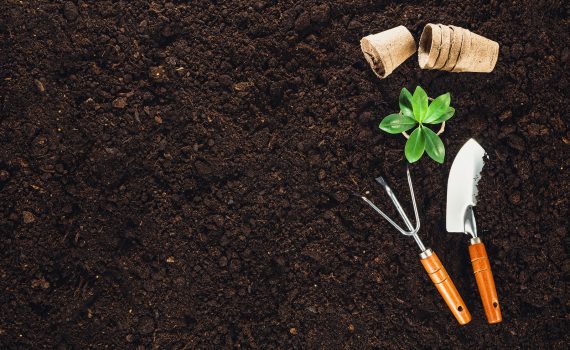Butterfly gardens are a growing trend in the Bay Area, but what about trees that birds and butterflies love?
Many types of trees that do well in California are sure to attract beautiful wildlife visitors that are fun to watch. Planting a variety of flowering trees is one of the best ways to entice them to your yard. But you don’t have to be a pro at tree care or tree pruning to lure in brightly colored birds and butterflies.
Here are the 5 best trees for attracting wildlife, and boosting your home’s curb appeal…
1) Oak Trees
The humble oak tree can host a wide variety of butterfly species, and this tree does well in many different regions. Various species of hairstreak butterfly are particularly drawn to oaks, as well as duskywings. Another bonus is that there are about 450 different types of oak tree, 20 of which are native to California. We are even seeing hybrid species. Although, valley oak, interior live oak, and the blue oak are most common in the Bay Area.
2) Sweetbay Magnolias
The lightly lemon-scented white flowers of the sweetbay magnolia attract a variety of species, including the tiger and zebra swallowtail. Those who enjoy tree pruning a few blossoms will love having this tree near a patio for shade. Watch the beautiful butterflies that flock to it, while sipping on a summer beverage. These trees instantly remind most people of the southern states, but they can actually do quite well in California.
3) Elm Trees
The elm is another popular tree that can provide a banquet for hungry butterfly species. These butterflies include (but are not limited to) the question mark butterfly, eastern comma, tawny emperor, and many more.
When properly taken care of with regular tree pruning, elm trees also offer a beautiful lush green setting. Later in the year, elm leaves turn a lovely shade of yellow and gold, a sight that’s common in some of the most visually striking regions of our country—like New England. This is another tree that does surprisingly well in the Bay Area.
Related Content: Common Questions About Tree Pruning
4) Dogwoods
Dogwood trees, especially the pink dogwood has been known to lure in American snouts, white admirals, and banded hairstreaks. It yields delicate pink blooms in the spring, and shiny red berries that ripen by fall. These berries aren’t considered toxic, but it’s not a good idea to eat them, as people have reported rashes. This is also a great tree for beginning arborists.
5) Cherry Trees
Cherry trees have more to offer than their stunning beauty. Their fruit is wildly popular, and they also attract many species of butterflies that love to spend time in their fragrant flowers.
Cherry trees can do well across much of North America. They tend to entice American snouts, red spotted purples, viceroys, hummingbird clearwings, spring azures, and white admirals, along with many others. It’s easy to see why butterfly lovers often find the cherry tree to be a classical favorite.
Related Content: Tree Care for Sexy Trees in 2021
Tree Pruning & Other Tree Care
Try one or several of these trees in your yard to begin attracting more butterflies this season. Again, you don’t need to have a background in tree pruning or professional tree care to successfully grow these beauties, but it does help to schedule regular appointments with an arborist. You can also buy trees at any stage of growth to suit your needs.
For help with tree pruning, or general tree care in the Bay Area, contact us today. Our team is here to answer all of your questions. Just call 925-233-6877 to speak with a professional arborist.
 Bringing Sexy Back Into Your Yards
Bringing Sexy Back Into Your Yards 
